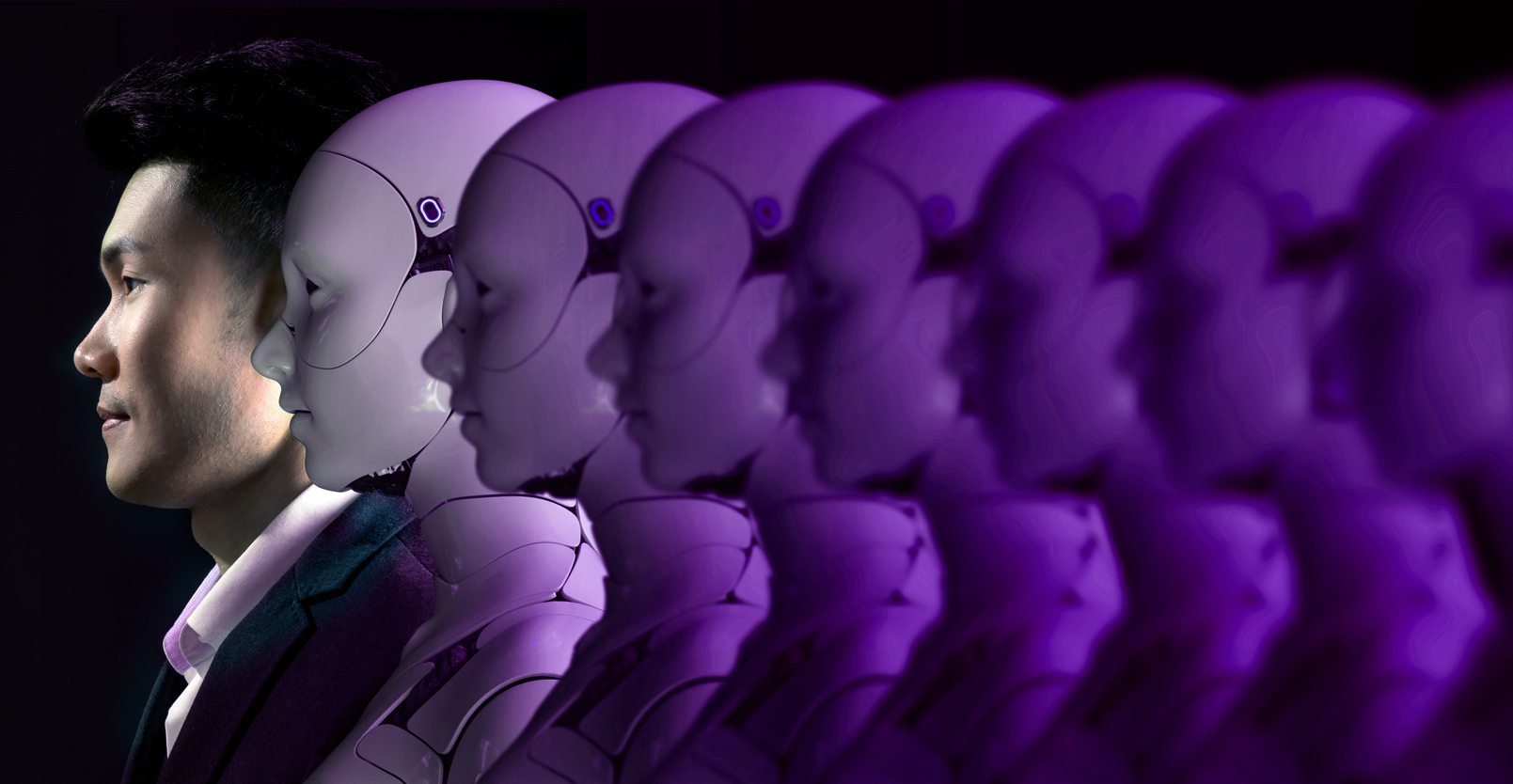The Concept of Green Digital Learning Campus

Schools and universities have an important role towards a sustainable future as they help individuals instil values of conservation and appreciation of natural resources. However, they have also become substantial energy consumers as they must have several buildings with varying space usages, experimental equipment, and thermal and electrical consumption. In consequence, they may have a significant environmental impact, particularly in terms of high carbon emissions and destroying natural resources.
In the United States, the buildings sector accounts for 76% of the total electricity consumption, as well as more than 40% of primary energy use and associated greenhouse gas emissions. The majority of these structures are on university campuses, which require constant energy to heat and cool.
According to the United Nations, if this current pace of electricity usage persists, more than 660 million people would still lack access to electricity, and over 2 billion people will continue to rely on harmful fuels. They emphasised the importance of advocating for the use of technological developments to support schools and universities’ transformation towards more environmentally sustainable and green spaces. Thus, the concept of a green digital learning campus emerged.
What is a green digital learning campus?
In contrast to traditional learning campuses in which typically require extensive physical infrastructure and resources, the concept of a green digital learning campus leverages on digital technologies to lessen its environmental impact in the society. The concept represents ethical consumption, efficiency, conservation, and inclusivity in the context of online learning.
A sustainable digital learning campus depends largely on some of its distinguishing qualities, which include:
Application of digital infrastructure and operations.

Instead of traditional classrooms, lecture halls, and administrative buildings, online platforms and digital tools enable learners to access educational content at any time and from any location, breaking down geographical borders and promoting lifelong learning. This online environment substantially reduces the need for energy-intensive facilities and transportation, cutting greenhouse gas emissions and resource consumption.
Utilisation of energy-efficient data centres and cloud computing

The two primary components of a green digital campus are the use of green data centres to host online platforms and cloud computing to consolidate physical resources.
Green data centres use energy-efficient servers and sources, as well as cutting-edge cooling technologies, to reduce power consumption and dependency on fossil fuels. Partnering this with online platforms enables accurate data analytics and efficient content management, allowing educational institutions to reduce the environmental impact of their programmes and systems while maintaining reliable and secure online services.
Meanwhile, cloud computing can play an important role in helping schools create greener online spaces. Schools can use cloud-based collaboration tools to decrease the need for printed materials and physical classrooms, helping to cut paper consumption and promote sustainable transportation.
Furthermore, cloud computing can assist educational institutions in improving their financial and operational management by enabling online banking for faster transactions and successfully managing massive amounts of data from several learners. This makes cloud computing an effective instrument for educational institutions to fulfil their sustainable objectives and ensure long-term success.
Provision for accessible and inclusive online learning environment

A green digital learning campus focuses not only on utilising digital technologies, but also on creating an inclusive online environment for all learners.
An inclusive online environment entails developing and implementing platforms and systems that are adaptable to the needs of learners including those with disabilities, using language that is universal enough for everyone to easily understand the systems, and integrating applications that are responsive to alternative versions so that people with different skills or limitations can still use the technology.
When a school’s programmes are inclusive and accessible, they align positively with commonly held values of creating a sustainable future by stressing the importance of each individual and embracing education for all. It not only contributes to achieving green and sustainable online spaces, but it also ensures that all members of the learning community are fully included and no one falls behind.
Curriculum integration for sustainability

The concept of a green digital learning campus encompasses teaching and learning methods. Educators can equip learners to understand and address pressing environmental issues through engaging modules and interactive courses, allowing students to delve deeply into themes such as climate change, conservation, and renewable energy all from the comfort of their own homes.
In summary, the concept of green digital learning campus provides a game-changing approach to sustainability in education. As a lifelong learning advocate, SSA Innovations provides accessible and innovative learning solutions to support companies in maintaining their competitive edge, while still operating sustainably. Whether you need to overhaul your old training materials or develop new and inclusive courses to increase learner retention, we offer digital learning solutions to address your learning and development challenges. For a seamless and unique learning experience, we also build and design learning management systems (LMS)!
Ready to establish your own green digital learning campus? Contact us today! Email us at innovations@ssagroup.com to discuss your specific learning needs.
Related Topics

FOBO: The Fear of Becoming Obsolete (Infographic)
Experiencing a sense of being left behind and finding it...

Discovering No-Code Development
Picture a scenario where you have a small clothing business...

The Rise of AI-Powered Web Apps and Their Ethical Implications
AI is transforming the way we interact with web apps,...

3 Signs Your Business Needs a Web Application
As your business grows, you may face challenges in managing...

Embracing the Human Element in the Era of Artificial Intelligence
In 2022, the introduction of ChatGPT garnered global interest and...